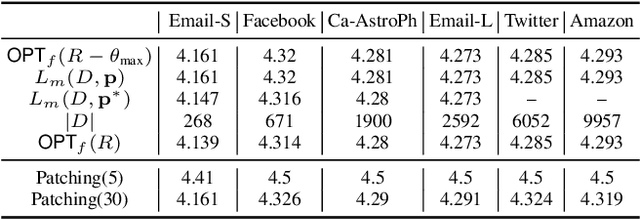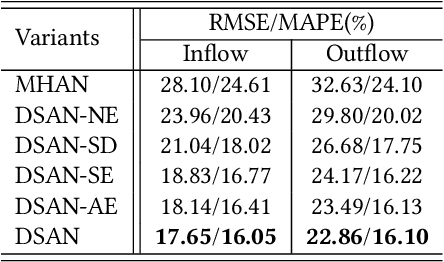Rufan Bai
Mixed Strategies for Security Games with General Defending Requirements
Apr 26, 2022



Abstract:The Stackelberg security game is played between a defender and an attacker, where the defender needs to allocate a limited amount of resources to multiple targets in order to minimize the loss due to adversarial attack by the attacker. While allowing targets to have different values, classic settings often assume uniform requirements to defend the targets. This enables existing results that study mixed strategies (randomized allocation algorithms) to adopt a compact representation of the mixed strategies. In this work, we initiate the study of mixed strategies for the security games in which the targets can have different defending requirements. In contrast to the case of uniform defending requirement, for which an optimal mixed strategy can be computed efficiently, we show that computing the optimal mixed strategy is NP-hard for the general defending requirements setting. However, we show that strong upper and lower bounds for the optimal mixed strategy defending result can be derived. We propose an efficient close-to-optimal Patching algorithm that computes mixed strategies that use only few pure strategies. We also study the setting when the game is played on a network and resource sharing is enabled between neighboring targets. Our experimental results demonstrate the effectiveness of our algorithm in several large real-world datasets.
Preserving Dynamic Attention for Long-Term Spatial-Temporal Prediction
Jun 16, 2020



Abstract:Effective long-term predictions have been increasingly demanded in urban-wise data mining systems. Many practical applications, such as accident prevention and resource pre-allocation, require an extended period for preparation. However, challenges come as long-term prediction is highly error-sensitive, which becomes more critical when predicting urban-wise phenomena with complicated and dynamic spatial-temporal correlation. Specifically, since the amount of valuable correlation is limited, enormous irrelevant features introduce noises that trigger increased prediction errors. Besides, after each time step, the errors can traverse through the correlations and reach the spatial-temporal positions in every future prediction, leading to significant error propagation. To address these issues, we propose a Dynamic Switch-Attention Network (DSAN) with a novel Multi-Space Attention (MSA) mechanism that measures the correlations between inputs and outputs explicitly. To filter out irrelevant noises and alleviate the error propagation, DSAN dynamically extracts valuable information by applying self-attention over the noisy input and bridges each output directly to the purified inputs via implementing a switch-attention mechanism. Through extensive experiments on two spatial-temporal prediction tasks, we demonstrate the superior advantage of DSAN in both short-term and long-term predictions.
 Add to Chrome
Add to Chrome Add to Firefox
Add to Firefox Add to Edge
Add to Edge